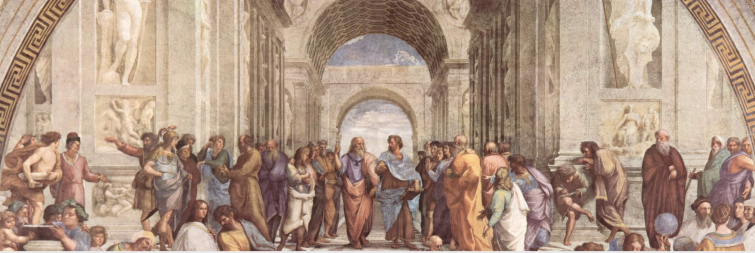A deception of senses or satisfactory model?

Why is the movement of the planets so complicated? Today, when we know almost everything about their dynamics meaning the physical causes of their kinematics. But this extensive knowledge didn’t dawn on us overnight.
We understand that the empirical insight into the laws of their motion was complicated, because we observed the planets from the wrong place. In this case, that place is our Earth, one of the planets.
The natural place for a universal and correct osmosis point is the Sun, whose mass far exceeds the mass of other celestial bodies in the solar system.
Therefore, according to Newton’s dynamics, the Sun represents the natural center of the reference system, in relation to which everything else in it moves. The history of conceiving a physical model that correctly reflects “heavenly reality” illustrates another fundamental epistemological paradigm: sensory insight is a necessary, but not sufficient condition for conceiving the reality that surrounds us.
Our senses tell us that the Sun revolves around us (that is, our planet), but that, as it turns out, is just an illusion. This deception of the senses kept people in error until Copernicus. People, but not all.
The history of finding a satisfactory model of what we now call the Solar Planetary System is long and still full of uncertainty.
Diving through history
When it comes to the heliocentric system, one of the best accounts was given by Heath, in his monograph Aristarchus of Samos, a book that should definitely be read as an introduction to De Revolucionibus.
- Pythagorean Philolaus from Croton (470-385) advocated a model in which everything revolves around a central fire, in which many saw an allusion to the Sun.
- Some have attributed Heraclides of Pontus (390-310) with the first idea of a quasi-heliocentric system, in which Mercury and Venus rotate around the Sun, which in turn rotates around the Earth.
- This hybrid model will be launched later by Tycho Brahe (1546-1601). It is certain, however, that the first registered thesis about the Earth’s own rotation belongs to the Pythagoreans. Today we know that this movement around its own axis provides the key to understanding the kinematics of the Solar System.
Apollonius Pergus (known as the Great Geometer) also advocated the quasi-heliocentric hypothesis, as well as the general theory of epicycles that would play a central role in Ptolemy’s geocentric system, as well as Copernicus’s.

The model of the celestial spheres (27 of them) was first set up by the great mathematician Eudoxus from Cnidus (410-355 CE), as an auxiliary mathematical tool, which he used to explain the observed retrograde movement of some planets.
This model was also adopted by Aristotle (384-322 CE), but he imagined the spheres as real celestial objects, thus moving from geometry to dynamics.
In his Syntax, Ptolemy made extensive use of eccentric circles, epicycles, and other geometric figures to explain the complicated motion of the planets.
We should mention Seleucus of Seleucia (190-150 CE), who gave Aristarchus’ heliocentric abstract model a dynamic basis.
Many today believe that this astronomer, who gave a physical explanation of the occurrence of tides, had in his hands everything that was necessary to give the heliocentric system the correct physical dynamics, i.e. to explain the movement of the celestial bodies by the forces that act between them.
Whether that is true is a matter of opinion. We’ll keep this discussion going soon enough, so check out some of our previous posts in the main time!

